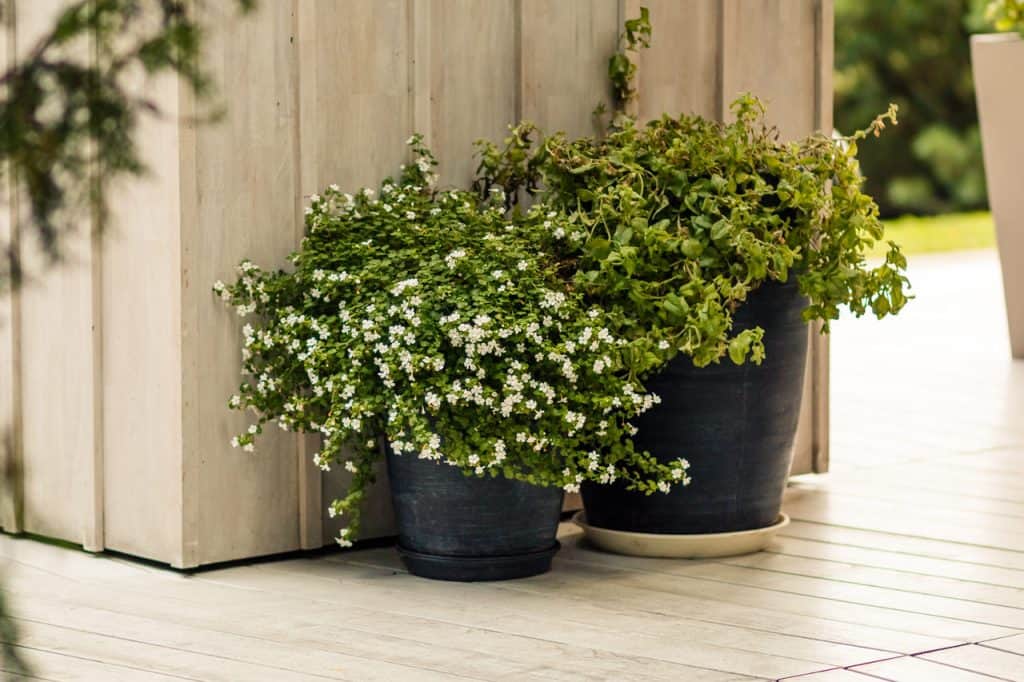Potted plants are the decoration of every home. Repotting them, on the other hand, is one of the most important maintenance procedures. Here’s how to do it step by step!
Do you have potted plants and wonder how to repot them? Although it may seem complicated on the surface, it’s not. It’s also worth remembering that repotting is a very important, if not essential, procedure in the care of potted plants. If you want them to be beautiful and healthy, you need to take a closer look!
The primary issue to consider here is timing. When is the best time to repot potted plants? Most experts are in no doubt. The ideal time is March, when the winter dormancy period for most plants is over and the growth period begins. It’s worth choosing this time because it will also save your potted plants some stress. The beginning of spring means it’s time to do some spring cleaning with your plants!

No doubt not all the potted plants in your collection will need repotting at the same time. For plants that are only a year or two old, repotting is necessary once a year. For older plants, you can do it less frequently, even every three years. However, there are situations when we can clearly see that repotting is necessary. What symptoms should worry us? It is worth thinking about repotting when:
If you have noticed any of these things, you should take a closer look at your plant and, if necessary, repot it immediately.
Of course there are exceptions. Not all plants like repotting. A perfect example of this is the ficus. This pot plant should be repotted as seldom as possible and only when there is no other choice. An individual approach is also needed for adult specimens functioning in large pots. They should also be repotted only rarely and only every one or two years should the top layer of soil be replaced
When you go shopping for new pots for your plants, remember the most important rule. Repot your plants in pots slightly larger than the ones they were in before. And don’t forget that each pot must have holes in the bottom. Thanks to these, excess water will flow out onto the base. This is a serious problem that will quickly cause the roots to rot, and this cannot be allowed to happen. Another issue is the choice of soil. Although you can easily find different types in gardening stores to suit specific plant species, for most of them a simple all-purpose soil will suffice.
>> See also: Plants worth having in the garden
So let’s move on to the actual procedure. A few hours before repotting, water the plant thoroughly. This will make it easier to remove it from the old pot. To remove a small plant, turn the pot upside down and support the root ball as it emerges. If you encounter resistance, you can tap the pot lightly. In the case of larger plants, it is sometimes necessary to first go around the inside of the pot with a knife to separate the root ball from the pot walls. Once you have successfully removed the plant, check the condition of the roots. If they are clumped and twisted, loosen them slightly. If they are long, thin, rotten or withered, cut them back. Before transplanting to fresh soil we suggest soaking the roots in a preparation that stimulates their growth. Before you put the plant in a new pot you should spread a thin layer of drainage on its bottom. Coarse gravel works well. Finally, lightly compact the soil and water generously. Done!